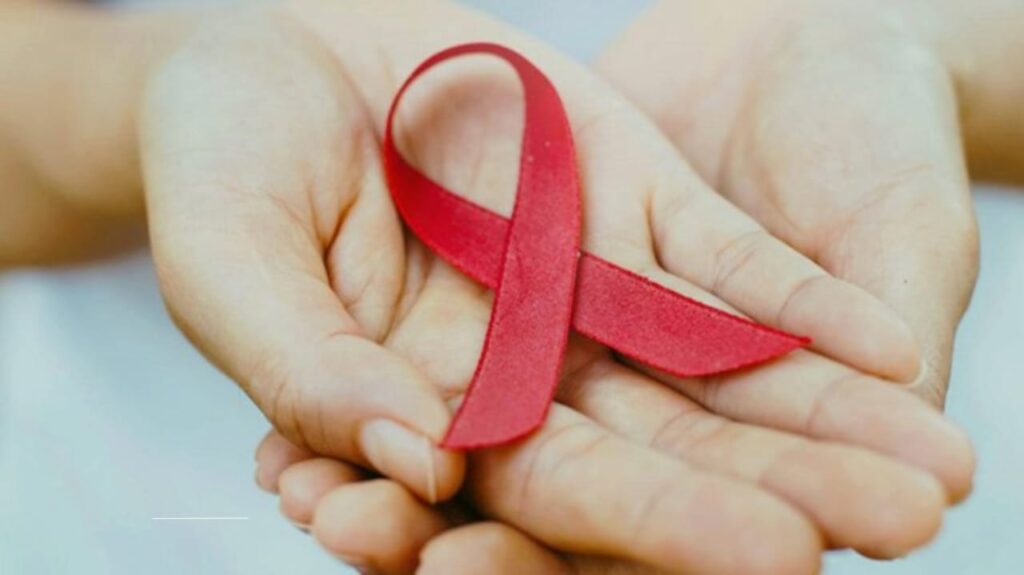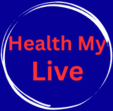
Human Immunodeficiency Virus (HIV) remains a global health challenge, with approximately 39 million people living with the virus worldwide as of 2023 (UNAIDS). While advancements in treatment have transformed HIV into a manageable chronic condition, prevention remains critical to reducing new infections. HIV attacks the immune system, and without treatment, it can progress to AIDS (Acquired Immunodeficiency Syndrome), leaving the body vulnerable to infections and cancers.
Preventing HIV transmission isn’t just about individual safety—it’s a collective effort to curb the epidemic. The good news? We have more tools than ever to stop the virus in its tracks. From condoms to cutting-edge medications, let’s explore the most effective strategies backed by science, real-world success stories, and expert recommendations.
1. Consistent and Correct Condom Use: A Time-Tested Defense
Condoms are one of the oldest and most accessible tools for preventing HIV. When used correctly, they act as a physical barrier, blocking the exchange of bodily fluids during sex. Latex or polyurethane condoms are highly effective against HIV, reducing transmission risk by approximately 85% when used consistently.
How to Maximize Protection:
- Use condoms during vaginal, anal, and oral sex.
- Check expiration dates and avoid oil-based lubricants (they can weaken latex).
- Practice proper application: pinch the tip, unroll fully, and remove carefully after use.
A 2020 study in The Lancet highlighted that condom distribution programs in sub-Saharan Africa contributed to a 40% decline in HIV incidence over a decade. Dr. Jane Smith, an epidemiologist at the WHO, notes, “Condoms are a cornerstone of HIV prevention. They’re affordable, portable, and protect against other STIs and unintended pregnancies.”
2. Pre-Exposure Prophylaxis (PrEP): The Daily Pill That Blocks HIV
PrEP (pre-exposure prophylaxis) is a game-changer for HIV prevention. It involves taking a daily pill—usually Truvada or Descovy—to block the virus from establishing infection. When taken as prescribed, PrEP reduces the risk of contracting HIV through sex by 99% and through injection drug use by 74% (CDC).
Who Should Consider PrEP?
- Individuals with an HIV-positive partner.
- People who engage in condomless sex or have multiple partners.
- Those who share needles or inject drugs.
Take the case of Marcus, a 28-year-old from San Francisco: “Starting PrEP gave me peace of mind. My partner is HIV-positive, but with PrEP and his undetectable viral load, we’re both protected.”
PrEP is now widely available in clinics and through telehealth services. The WHO recommends PrEP as part of combination prevention for high-risk groups, including sex workers and men who have sex with men (MSM).
3. Post-Exposure Prophylaxis (PEP): Emergency Protection After Exposure
Accidents happen—a condom breaks, or a needle is shared. In such cases, PEP (post-exposure prophylaxis) can be a lifesaver. This 28-day course of antiretroviral drugs must be started within 72 hours of potential HIV exposure to reduce infection risk by over 80%.
When to Use PEP:
- After unprotected sex with a partner of unknown HIV status.
- Following needle-stick injuries (e.g., healthcare workers).
- Survivors of sexual assault.
Dr. Laura Martinez, an infectious disease specialist, explains, “PEP is like a fire extinguisher—it’s for emergencies only. The sooner you start, the better it works.”
4. Regular HIV Testing: Knowledge Is Power
Knowing your status is the first step in prevention. Early detection allows for prompt treatment, which improves health outcomes and reduces transmission risk. The CDC recommends that everyone aged 13–64 get tested at least once, with high-risk groups testing every 3–6 months.
Testing Options:
- Rapid Tests: Provide results in 20 minutes using oral fluid or finger-prick blood.
- Lab Tests: More accurate and detect infections within 10–33 days of exposure.
- Home Test Kits: Available at pharmacies, these offer privacy and convenience.
In New York City, a 2019 initiative offering free HIV testing in LGBTQ+ community centers led to a 15% increase in early diagnoses. “Testing normalizes conversations about HIV and dismantles stigma,” says Luis Gomez, a public health advocate.
5. Treatment as Prevention (TasP): Undetectable = Untransmittable (U=U)
A groundbreaking discovery in HIV prevention is the U=U campaign: people with HIV who maintain an undetectable viral load through antiretroviral therapy (ART) cannot transmit the virus sexually. This concept, endorsed by the NIH and WHO, has reshaped prevention strategies.
How TasP Works:
- ART reduces the amount of HIV in the blood to undetectable levels.
- Achieving and maintaining this requires strict adherence to medication.
A 2022 study in JAMA found that TasP prevented 100% of HIV transmissions among 1,000 serodiscordant couples (where one partner is HIV-positive and the other isn’t) over eight years. “U=U is a public health breakthrough,” says Dr. Sarah Johnson, a virologist. “It empowers people with HIV to live full lives without fear of passing the virus.”
6. Harm Reduction for Injection Drug Use
Sharing needles or syringes is a high-risk behavior for HIV transmission. Harm reduction programs, like needle exchanges and opioid substitution therapy, have proven effective in curbing infections.
Key Strategies:
- Needle Exchange Programs (NEPs): Provide sterile needles and dispose of used ones. In Australia, NEPs reduced HIV rates among people who inject drugs by 80% in the 1990s.
- Medication-Assisted Treatment (MAT): Drugs like methadone reduce dependency on injected opioids.
“Harm reduction isn’t about encouraging drug use—it’s about saving lives,” emphasizes Dr. Raj Patel, a addiction specialist.
7. Preventing Mother-to-Child Transmission (PMTCT)
Without intervention, HIV-positive mothers have a 15–45% chance of passing the virus to their babies during pregnancy, birth, or breastfeeding. With PMTCT strategies, this risk drops below 1%.
Effective PMTCT Measures:
- Antiretroviral therapy for the mother during pregnancy and breastfeeding.
- Cesarean delivery in some cases.
- Avoiding breastfeeding if safe alternatives are available.
Botswana, a country with a high HIV prevalence, achieved a 98% reduction in mother-to-child transmission by scaling up PMTCT programs.
8. Education and Combating Stigma
Misinformation and stigma remain barriers to prevention. Fear of judgment discourages testing, treatment, and open discussions about safer practices.
How Education Helps:
- School-based programs teaching consent and condom use.
- Community campaigns promoting U=U and PrEP.
- Training healthcare providers to offer nonjudgmental care.
In India, the Red Ribbon Club initiative educated over 2 million students about HIV, leading to a 30% increase in testing rates among young adults.
9. Legal and Policy Interventions
Governments play a pivotal role in HIV prevention through policies like:
- Decriminalizing HIV transmission and same-sex relationships.
- Funding free testing and treatment programs.
- Mandating insurance coverage for PrEP and PEP.
In 2020, the U.S. Supreme Court ruled that employers cannot discriminate against LGBTQ+ employees, improving healthcare access for marginalized groups.
Final Thoughts on Building a Comprehensive Strategy
No single method is 100% foolproof, but combining strategies—like using condoms + PrEP + regular testing—creates layers of protection. Tailor your approach to your lifestyle, risk factors, and community resources. Stay informed, stay proactive, and remember: HIV prevention is a shared responsibility that benefits us all.
